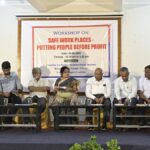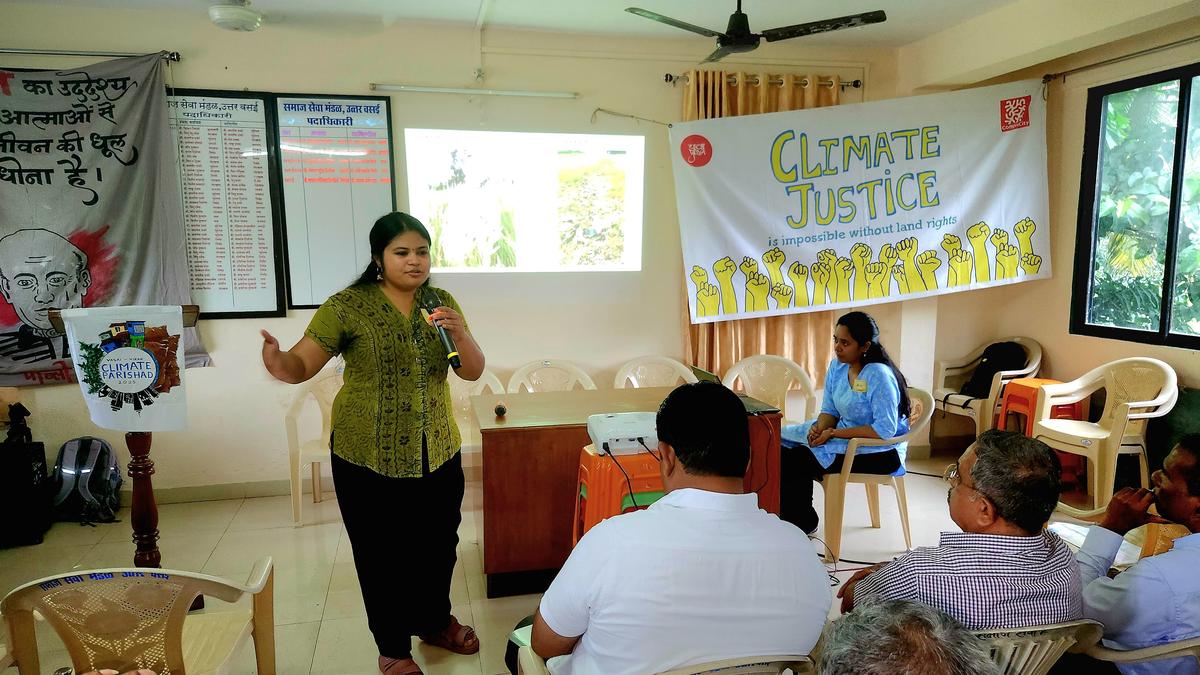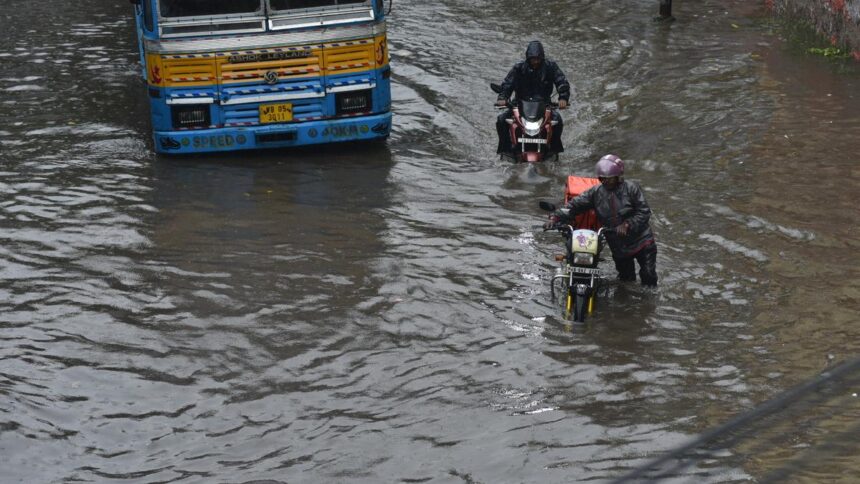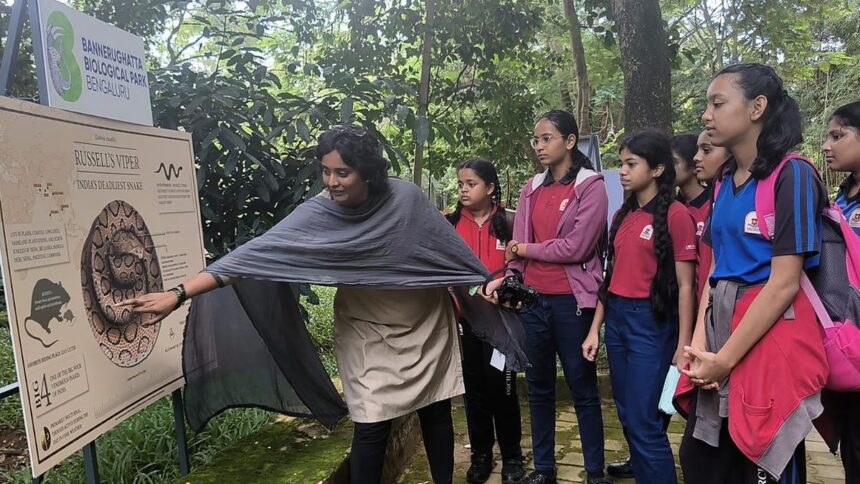Ahead of COP30, a tier-2 city in the Mumbai Metropolitan Region has sparked conversations around climate change after bearing the brunt of its impacts. Vasai-Virar, a rapidly growing twin city on Mumbai’s northern edge, is confronting rising climate risks as rapid urbanisation, large-scale infrastructure projects, and shrinking natural buffers converge to heighten its vulnerabilities.
The concerns took centre stage at the Climate Parishad 2025, a two-day summit held on August 23–24, where over 150 residents, farmers, civic officials, experts, and community groups came together to map vulnerabilities and propose solutions. Organised by Youth for Unity and Voluntary Action (YUVA) and Aapli Vasai Aapla Vikas (AVAV), the event examined the city’s increasing exposure to floods, heat waves, and ecological degradation.
The issues faced by Vasai-Virar are part of a wider global challenge. The Intergovernmental Panel on Climate Change (IPCC) Sixth Assessment Report warns that cities, particularly coastal settlements, are at the centre of climate vulnerability. By 2050, nearly one billion people are projected to live in low-lying coastal regions exposed to flooding, sea-level rise, and storm surges. Between 2015 and 2020, global urban populations grew by 397 million, especially in less-developed regions with limited adaptive capacity. The IPCC projects that coastal wetlands, including mangroves, could decline by as much as 33% globally by 2080 under a moderate sea-level rise scenario, while over 100 million people may face annual coastal flooding if immediate adaptation measures are not taken.
Locally, Vasai-Virar has been identified as a “Hotspot Zone” in YUVA’s 2023 Climate Hazard Mapping Study, which used GIS-based tools to assess risks to informal settlements. The study highlighted extensive vulnerabilities caused by wetland destruction, recurrent flooding, extreme heat, and population pressures. “Vasai-Virar’s proximity to Mumbai and its strong rail connectivity make it a magnet for commuters,” said Daniya Dabre from YUVA. “But this affordability is driving large-scale mangrove destruction and wetland concretisation, reducing vital carbon sinks and leaving the region vulnerable to climate shocks.”
Flooding has emerged as one of the city’s most pressing concerns. The 2018 Vasai-Virar floods displaced thousands, yet, according to Ms. Dabre, a report by the National Environmental Engineering Research Institute (NEERI) and IIT Bombay, “failed to account for rural areas facing equal or greater hazards than the urban core.”

YUVA’s geo-tagging study of 103 slums under the Vasai-Virar City Municipal Corporation found land surface temperatures exceeding 44°C in parts of Nalasopara East, where tin-roofed houses and industrial clusters intensify thermal stress. “Land Surface Temperature analysis shows heat pockets touching 44°C, where tin-roofed homes near industrial clusters worsen thermal stress,” Ms. Dabre added.
Residents also flagged worsening air and water quality, pointing to dust from Ready-Mix Concrete (RMC) plants, sewage-contaminated water during floods, and recurring outbreaks of diarrhoea, skin diseases, and vector-borne illnesses. Farmers reported repeated crop losses, particularly in paddy, banana, and mogra flower cultivation, due to recurrent flooding and saltwater intrusion. “The cost of development is being paid by Adivasis, farmers, and workers,” said Shashi Sonawane, an Adivasi leader. “If justice and nature are ignored, the next generation will inherit polluted cities instead of natural lives.”
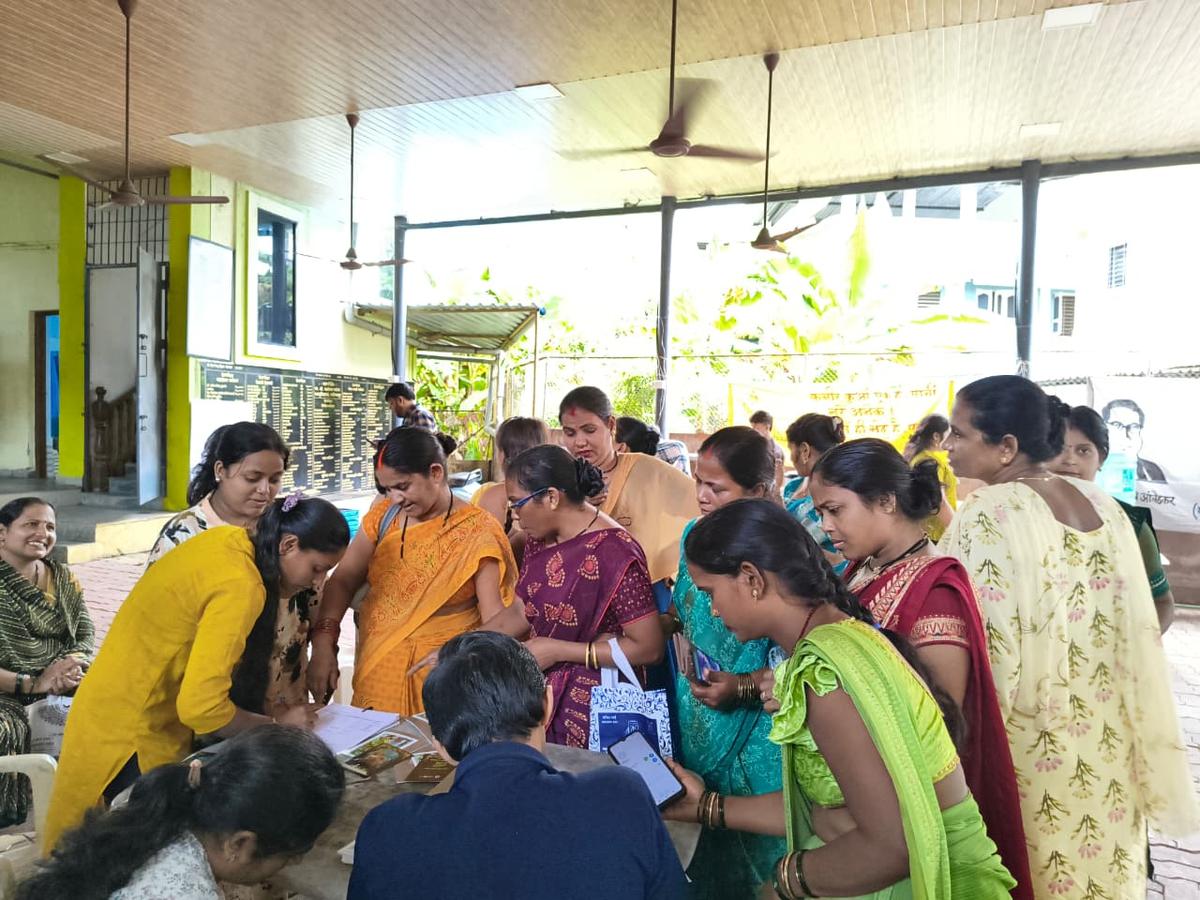
Residents mapped flood zones, heat islands, and pollution hotspots at the Parishad, exposing Vasai-Virar’s climate risks.
| Photo Credit:
Purnima Sah
Concerns have also grown over the ecological impact of major infrastructure projects, including the Mumbai-Ahmedabad bullet train corridor, which residents say could worsen flooding and accelerate mangrove loss. During participatory mapping exercises at the Parishad, residents marked flood-prone belts, heat islands, landslide-prone slopes, and air pollution hotspots on large maps, highlighting the widespread nature of the risks.
“Climate negotiations cannot stay confined to global conference halls,” said Mackenzie Dabre of AVAV. “Vasai-Virar’s wetlands, coasts, and hills have supported livelihoods for decades. But rapid urbanisation, water scarcity, and rising flood risks have fuelled citizen-led movements since the 1980s — from the landmark Paani Andolan to campaigns protecting the Bawkhal aquifers.”

During a panel discussion, Shruti Panchal from the Maharashtra State Climate Action Cell said, “Vasai-Virar’s approach could set a precedent for other coastal cities grappling with similar threats.” Architect Anirudh Paul, former District Planning Committee member Sameer Vartak, and Raju Bhise of AVAV underscored the need for climate-sensitive planning, stronger municipal budgets, and community-led resilience strategies.
The findings from the Parishad will be submitted to district collectors and the State Climate Action Cell, which will integrate them into recommendations for India’s COP30 delegation.
Published – August 27, 2025 06:31 am IST







